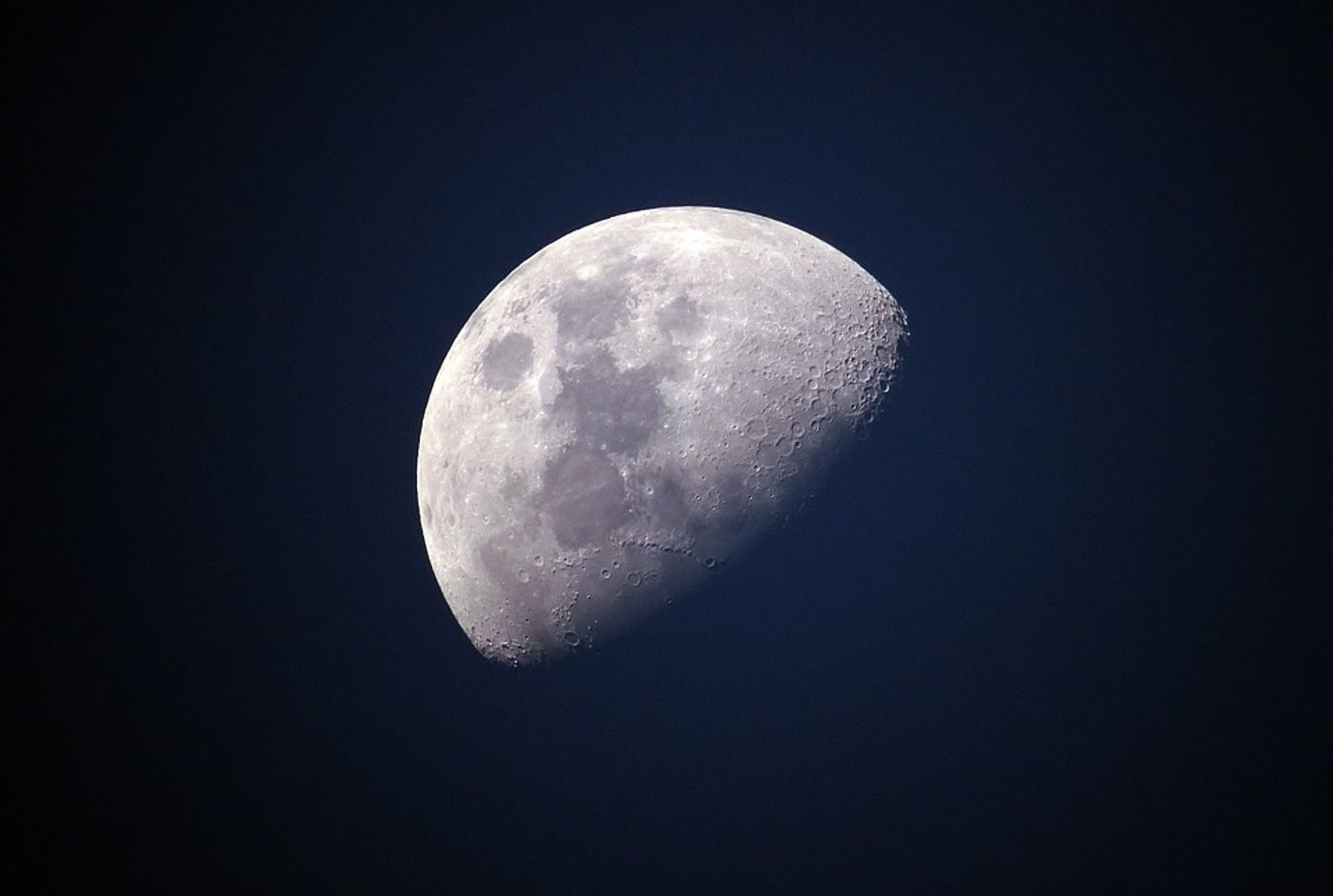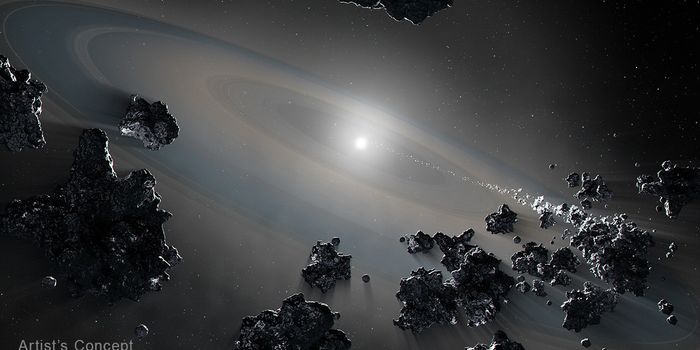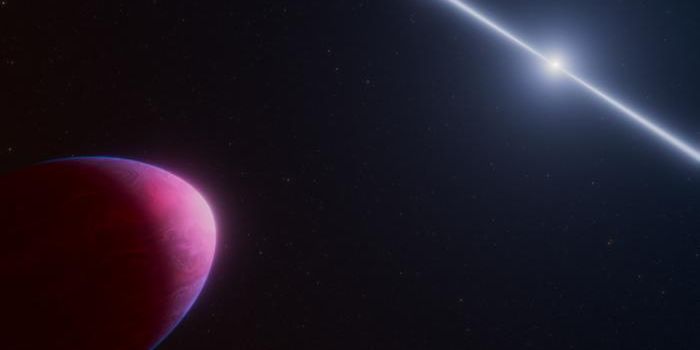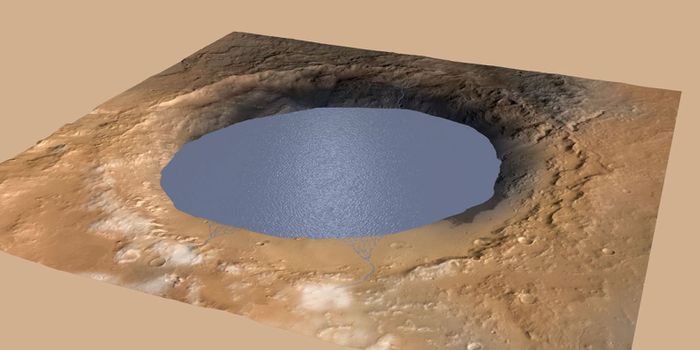Is the Moon Geologically Active Like the Earth?
The lunar surface might not look like much at first glance, but new research published just this week in the journal Nature Geoscience suggests that the Moon is probably a lot more geologically active than we initially thought.
Image Credit: Pixabay
Planetary scientists have known that the Moon exhibits so-called ‘moonquakes’ ever since astronauts deployed a series of moonquake detectors on the lunar surface during NASA’s renowned Apollo missions, but the source of these shallow quakes has left many experts scratching their heads for decades.
For the latest study, a team of researchers reanalyzed the data collected by the Apollo-centric moonquake detectors and then cross-referenced it with photographs captured by the Lunar Reconnaissance Orbiter (LRO). What they found was that many of the sub-surface tremors occurred near thrust faults on the Moon’s surface.
The circumstances are highly indicative of lunar tectonic activity. It’s entirely possible that these thrust faults formed from tectonic plates shifting on the Moon. Experts never wholly ruled out tectonic activity as a potential source for moonquakes, and the latest findings seem to breathe new life into the possibility that our Moon is tectonically active like the Earth.
"We found that a number of the quakes recorded in the Apollo data happened very close to the faults seen in the LRO imagery," explained Nicholas Schmerr, a co-author of the paper. "It's quite likely that the faults are still active today. You don't often get to see active tectonics anywhere but Earth, so it's very exciting to think these faults may still be producing moonquakes."
Related: Is it possible for a moon to have its own moon?
The Moon is continuously cooling down from its particularly toasty formation, and this causes the world to shrink over time. As you might come to expect, a shrinking moon causes the surface to buckle a bit, resulting in these thrust faults that move from time to time.
The team’s reanalysis of the moonquake detector data found that while other factors may have been responsible for some of the so-called moonquakes, at least eight of those detected were likely to be have been caused by some type of tectonic activity related to the thrust faults.
"We think it's very likely that these eight quakes were produced by faults slipping as stress built up when the lunar crust was compressed by global contraction and tidal forces, indicating that the Apollo seismometers recorded the shrinking moon and the moon is still tectonically active," added study lead author Thomas Watters.
Related: Israel's attempt to land a spacecraft on the Moon ends in a crash
While the evidence is undoubtedly compelling, more research is needed to understand what’s going on here. Fortunately, NASA plans to have American astronauts walking on the Moon’s surface again in the coming years, and perhaps this will make that research a bit more possible.
Source: University of Maryland, Nature Geoscience









